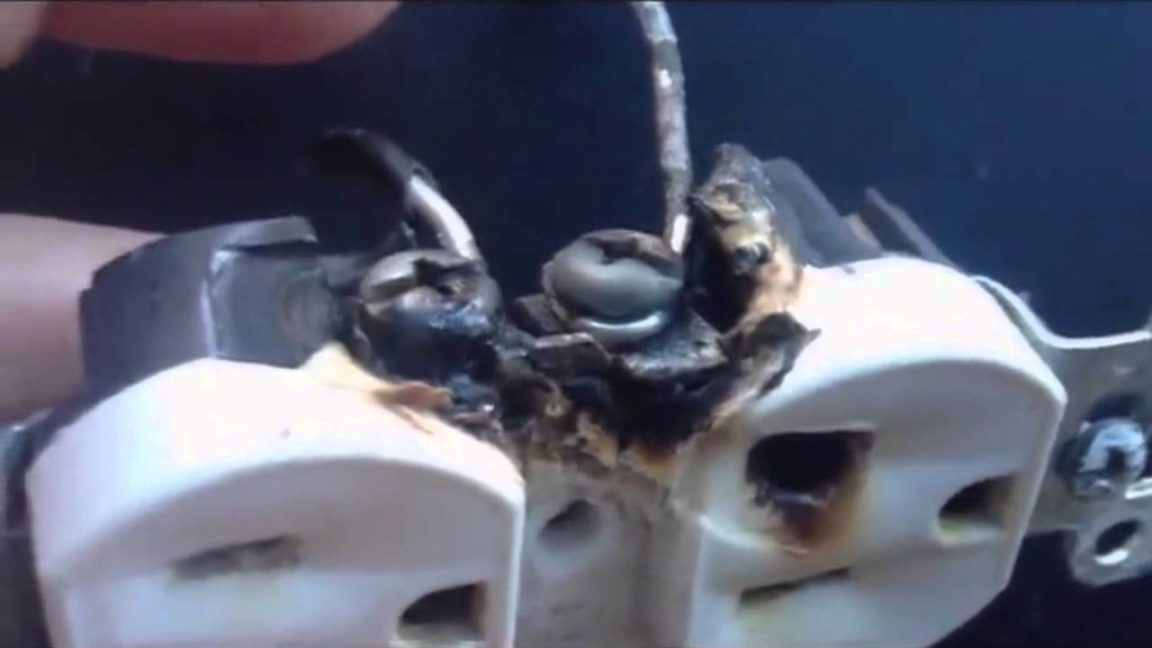What is a 4 plug outlet called?
While standard duplex outlets feature two outlets on a cover plate held on by one screw, two-duplex outlets feature four outlets on the same cover plate, held on by two screws. … Two-duplex outlets are also referred to as quad outlets or four-plug outlets.
Also, What are the three holes in an outlet?
An outlet has three holes. The first hole, or left hole, is called “neutral”. The second hole, or right hole, is called “hot”. The third hole is the ground hole.
What is a normal plug called?
The most common electrical outlets are 15-amp duplex receptacles — 15-amp outlets are designed to accept standard plugs for most small appliances and lamps. If you want to replace an outlet, simply turn off the power to the outlet and remove it.
What is a 220 plug?
220-volt outlets are the most powerful plugs that you’ll find in most residential homes around the United States. These plugs are meant for ovens, dryers and other high-powered appliances that you simply can’t power with a standard 110V outlet.
What are the different types of electrical outlets?
7 Electrical Outlet Types & How To Use Them
- 15-Amp Duplex Receptacle. In the U.S., most homes have a combination of 15-amp and 20-amp, 120-volt circuits. …
- 20A Outlets. …
- Switched Outlets. …
- GFCI & AFCI Outlets. …
- Tamper-Resistant Receptacle. …
- Specialty Outlets. …
- USB & Smart Outlets.
Why is there 3 prongs on a plug?
When you plug in a three-pronged plug, that third prong is providing an alternate pathway for electricity in the event of a fault. If you cut the third prong off of a plug, you defeat the safety feature. Also, adapters were designed to use the cover screw to complete a ground circuit on some older plug designs.
Why are bathroom outlets different?
The GFCI outlet was designed to measure the power flowing in and out of the plug to make sure there is a balance. It measures electrical charges as small as 5 milliamps for any variation and when it finds a difference, the outlet “pops”, or breaks the flow of electricity.
What are the different types of outlets?
7 Electrical Outlet Types & How To Use Them
- 15-Amp Duplex Receptacle. In the U.S., most homes have a combination of 15-amp and 20-amp, 120-volt circuits. …
- 20A Outlets. …
- Switched Outlets. …
- GFCI & AFCI Outlets. …
- Tamper-Resistant Receptacle. …
- Specialty Outlets. …
- USB & Smart Outlets.
Why are electrical sockets different?
Engineers developed the idea of a ground pin to make plugs safer in the 1920s. Many countries adopted these grounded plugs immediately, but they didn’t always make them the rule. … So because different countries adopted innovations like these at different times, the plugs that they used changed throughout the years.
How do I know what type of plug I need?
You can look it up on the product’s page under “Properties”. You’ll find all information on this plug type respective plug category in the following: a picture, a description, and the country in which the type of plug is common.
Why do plugs have two holes?
If you were to take apart an outlet and look at the contact wipers that the prongs slide into, you would find that they have bumps on them. … This detenting prevents the plug from slipping out of the socket due to the weight of the plug and cord. It also improves the contact between the plug and the outlet.
What is a 110 outlet?
If a nameplate on an appliance shows that it has a 110 plug, this most likely means that the appliance is designed to operate at 120 volts, but will continue to operate normally if the voltage drops to 110 volts.
What does 220 plug look like?
What are the different 240-volt outlets?
Three-Prong vs.
Recently, 240-volt outlets have switched from three-prong to four-prong. Older three-prong outlets were designed to contain two live wires and one neutral. The additional prong on four-prong outlets adds a ground wire, providing additional safety against electrical shock.
How do I identify an electrical outlet?
You can tell the type of electrical service to any receptacle outlet by the holes for a plug. A standard 110-volt plug has two rectangular holes, the left one slightly larger, with a hole below that has a rounded top.
What type of outlet is used in a kitchen?
Kitchens must have at least two 20-amp outlets. These outlets are used to power high voltage appliances such as toasters, blenders, and microwave ovens. The best way to identify a 20-amp outlet is to find the horizontal slot extending from the vertical slots.
What plug sockets are used in Philippines?
For the Philippines there are three associated plug types, A, B and C. Plug type A has two flat parallel pins, plug type B has two flat parallel pins and a grounding pin and type C has two round pins. The Philippines operates on a 220V supply voltage and 60Hz.
Which plug is hot neutral?
The high voltage (about 120 volts effective, 60 Hz AC) is supplied to the smaller prong of the standard polarized U.S. receptacle. It is commonly called the “hot wire”. If an appliance is plugged into the receptacle, then electric current will flow through the appliance and then back to the wider prong, the neutral.
Are 2 prong outlets legal?
Are Two Prong Outlets Legal? According to the National Electric Code, two-prong outlets are allowed in homes as long as they are properly working. If you choose to replace your two prong outlet, you do not have to upgrade to a newer model.
Is it safe to use a plug without the ground?
So, in answer to this post’s title: No. It is not safe to cut the ground prong. … Here’s why: A ground prong creates an emergency path for electricity to travel through if a short circuit or fault happens within the device. All appliances with plugs have other electrical components, like wires.
Can you put an electrical socket in a bathroom?
Electrical sockets are permitted in bathrooms or shower rooms as long as they are located more than 3m from the edge of the bath or shower.
What type of outlet is used in bathrooms?
Bathrooms – All bathroom receptacles should have GFCI outlets installed. Garages & Sheds – Any area inside or outside of the house that is not considered a “habitable” room should include GFCI outlets.
Why do British bathrooms not have sockets?
Why are there no plug sockets in British bathrooms? The reason that there are no plus sockets in bathrooms is simple – having an exposed plug socket can increase the risk of electric shock. Plugs in England generally use 240-volt power, twice the amount found in US plugs which have 120-volts.




